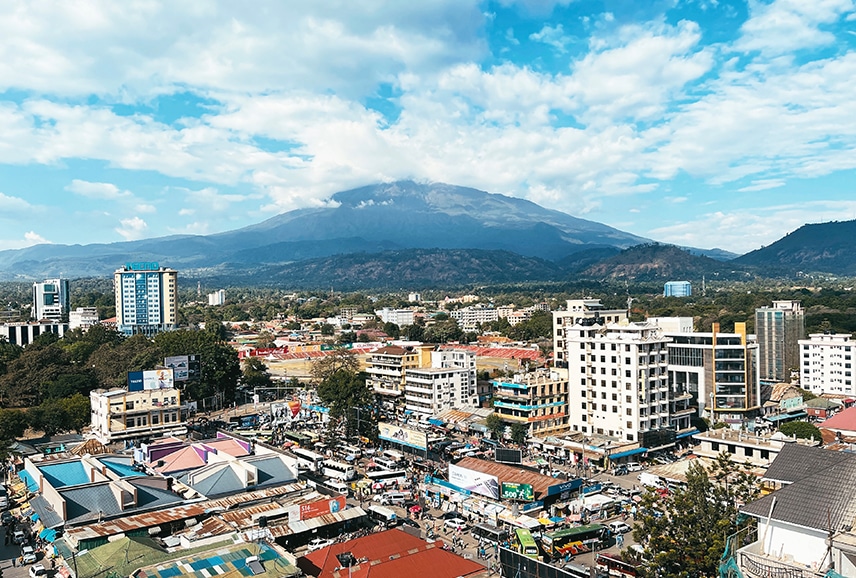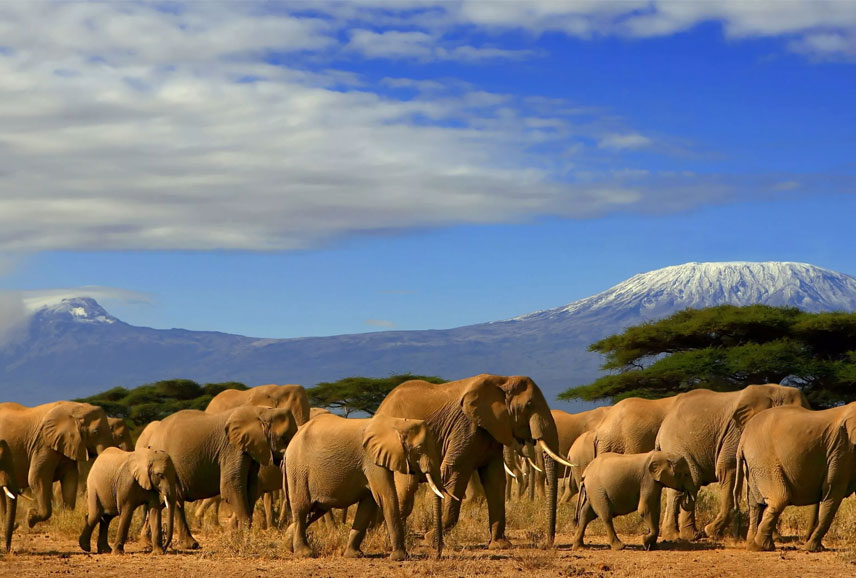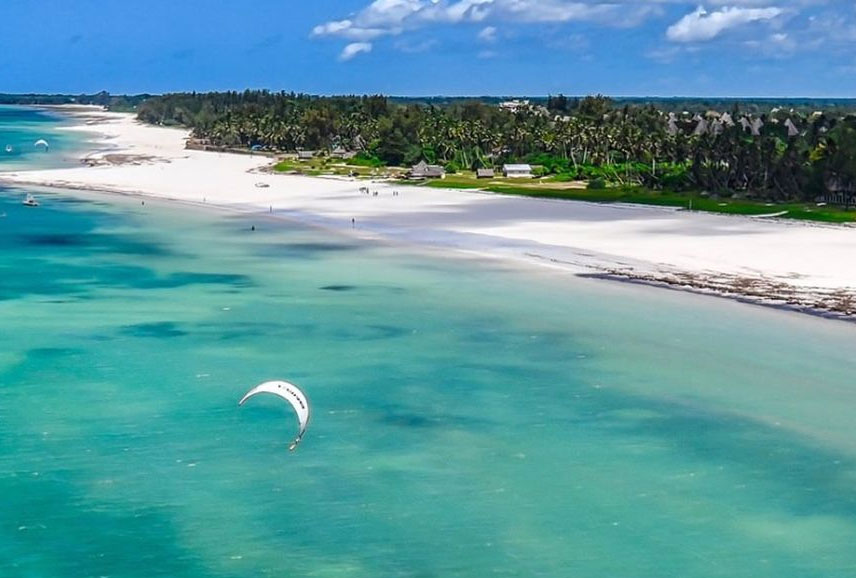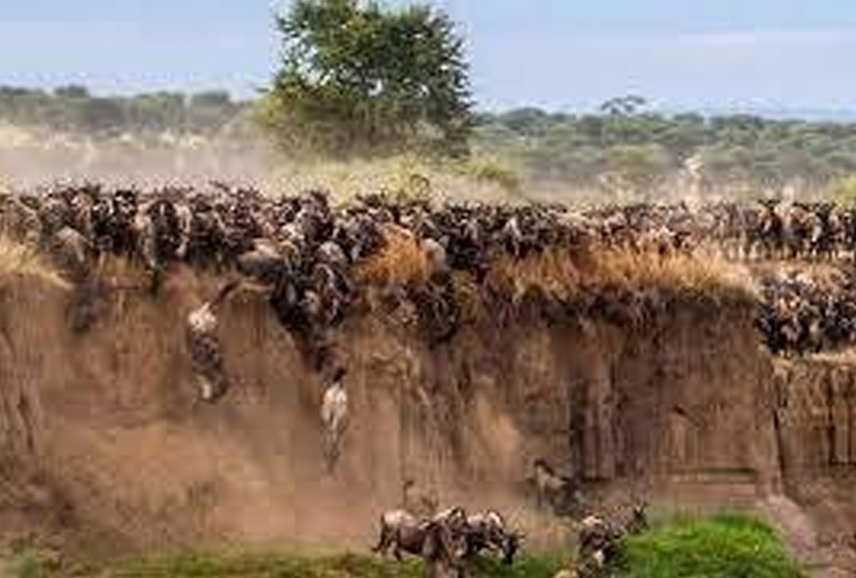You’ve probably heard about the Maasai Mara Reserve, but do you know its rich history and importance? It’s not just a tourist hotspot—it’s a haven for wildlife, a vital source of income for Kenya, and home to the fascinating Maasai people. Let’s dive into this captivating world where nature meets culture, and explore why it’s crucial we ensure its survival.
The Genesis of the Maasai Mara Reserve
You’re probably curious about how the Maasai Mara Reserve came to be, aren’t you? Let’s take a step back in time and discover its genesis. The establishment of this reserve is deeply rooted in Kenya’s history, bearing the marks of colonial impact.
In the early 20th century, during the British rule in East Africa, large tracts of land were designated as colonial reserves. The indigenous Maasai people were moved from their traditional lands to make room for settler expansions. This displacement marked a significant change in land use patterns. It was an era of Colonial impact that set the stage for what we now know as the Maasai Mara Reserve.
Fast forward to 1961 when an area south-western Kenya – famed for it’s vibrant wildlife – caught attention. Recognizing its ecological importance, discussions around creating a game reserve began. This was no easy task though; it involved complex negotiations with local communities and conflict resolution between conservationists and those advocating for agricultural expansion.
Finally, after years of deliberation, the reserve was officially established in 1974 across some 1,500 square kilometers. Named after the Maasai people and the Mara River which divides it, this awe-inspiring landscape became one of Africa’s most iconic wildernesses.
The Maasai People: Guardians of the Reserve
They’re the traditional protectors of this land, playing a crucial role in its preservation. The Maasai people, indigenous to the Maasai Mara Reserve, have been its caretakers for centuries. Their cultural traditions and rituals are deeply intertwined with their stewardship of this precious ecosystem.
As you learn about them, imagine yourself standing amidst these brave warriors. They’re adorned in vibrant red shukas, contrasting sharply against the green savannah landscape. Their cultural traditions aren’t just visually captivating but also hold an ecological balance. Their nomadic lifestyle has allowed them to coexist harmoniously with nature without depleting resources or causing harm.
The ritual significance of their practices is profound too. For instance, take their lion hunting tradition – it’s not merely a show of strength but also a controlled practice that ensures lions don’t overpopulate and destabilize the ecosystem.
Moreover, they’ve honed skills to predict weather patterns and locate water sources through generations, contributing significantly to maintaining biodiversity within the reserve.
But remember: they aren’t just custodians; they’re partakers too. This mutual respect between man and beast is what makes this coexistence possible – where lions might walk past a Maasai herd without disturbance because each knows their place in this grand scheme called life!
This symbiosis between culture and conservation is why the Maasai Mara thrives today as one of Africa’s most diverse ecosystems.
The Unique Wildlife of Maasai Mara
It’s a place teeming with diverse flora and fauna, making it a paradise for nature enthusiasts. The Maasai Mara Reserve in Kenya is home to an impressive array of wildlife, including some of the world’s most famous creatures. As you traverse its vast plains, you’ll be mesmerized by the sight of Mara’s Big Cats – lions, leopards, and cheetahs – prowling majestically in their natural habitat.
Imagine watching a pride of lions lounging lazily under an acacia tree after a hearty meal or a cheetah sprinting at lightning speed to catch its prey. Spotting these majestic cats in action is nothing short of exhilarating.
But it’s not just about the big cats here. The Maasai Mara also boasts an incredible bird species diversity that’ll leave any bird watcher thrilled. With over 450 different species recorded within its borders, there’s always something new to spot here! From the vibrant lilac-breasted roller to the graceful grey crowned crane and the intimidating martial eagle, each bird species adds its unique touch to this rich ecosystem.
The sheer variety of wildlife here is enough to keep you on your toes as every game drive promises new and exciting encounters. So come immerse yourself in this wildlife haven – marvel at Mara’s Big Cats’ prowess or delight in spotting rare birds amidst stunning landscapes; there’s no place quite like Maasai Mara! One trip will make you understand why it holds such significance for both locals and visitors alike.
The Great Migration: A World Renowned Spectacle
You’re about to delve into the thrilling spectacle of the Great Migration, a natural event that’s as awe-inspiring as it is predictable. We’ll guide you through the precise timing and route of this massive wildlife movement, giving you a front-row seat to the diverse array of creatures embarking on their annual journey across Maasai Mara. Pack your virtual bags because we’re also sharing essential tips to enhance your visitor experience, ensuring you capture every breathtaking moment.
Migration’s Timing and Route
Understanding the timing and route of migration in the Maasai Mara Reserve isn’t just fascinating, it’s crucial for conservation efforts. It helps us grasp how climate influence shapes migration patterns. This understanding allows you to contribute more effectively towards preserving this natural spectacle.
Here’s what you need to know:
- The wildebeest start their journey from Tanzania’s Serengeti plains, moving northwards into Kenya’s Maasai Mara around July.
- Their movement is heavily influenced by rainfall patterns, as they follow the growth of fresh grazing lands.
- River crossings present significant challenges during their trek, often resulting in loss of life.
- By October, they begin the return journey to Tanzania.
Wildlife During Migration
During the migration, you’ll witness an incredible diversity of wildlife, which isn’t just limited to the migrating wildebeest. You’ll also observe zebras, gazelles, and elephants marching alongside in a stunning display of natural unity. As they navigate the migration challenges – treacherous terrains and unpredictable weather patterns – you can’t help but feel awed by their resilience.
Yet, this spectacle isn’t without its dangers. Predatory behavior is heightened during this period as lions, cheetahs, and crocodiles lay in wait for their prey. The suspense builds up – it’s survival of the fittest out there.
Despite these perils, witnessing this annual event creates an unforgettable experience that encapsulates the raw beauty and inherent brutality of Mother Nature at her finest.
Visitor Experience and Tips
Moving on from the breathtaking spectacle of wildlife migration, let’s shift our focus to your visitor experience and some useful tips for your visit. As a traveller in Maasai Mara Reserve, you’re in for an unforgettable journey of cultural immersion with the local tribes. You’ll gain insights into their traditions and lifestyle that few tourists ever get to see.
Imagine yourself soaring above the vast plains at sunrise during one of the famous balloon safaris. It’s an absolute must-do! The view is indescribable – a sea of animals moving rhythmically below as day breaks over the horizon.
Here are some tips for enhancing your stay:
- Engage with locals for cultural immersion
- Don’t miss the balloon safaris at dawn
- Always respect wildlife safety rules
- Plan your visit around peak migration periods
The Impact of Tourism on the Maasai Mara Reserve
Tourism’s greatly impacted the Maasai Mara Reserve, both positively and negatively. Your visits to this stunning landscape don’t just offer you an unforgettable experience; they also play a significant role in its preservation and the local economy.
On one hand, tourism revenue is a lifeline for this cherished reserve. It’s the money from your tickets, tours and lodgings that fund conservation efforts, helping protect the vast array of wildlife that call Maasai Mara home. Without these funds, ensuring the survival of endangered species like the black rhino or African elephant would be much more challenging.
Moreover, your visit encourages cultural exchanges. You’re not just snapping photos of wild animals; you’re also interacting with local Maasai tribespeople. These interactions lead to better understanding and respect for different ways of life. They educate you about traditional practices, values and knowledge systems while providing locals with new perspectives as well.
However, there are negative impacts too. Increased footfall can disturb wildlife habitats and put pressure on resources such as water. There’s also concern about ‘cultural commodification’, where aspects of Maasai culture become exotic attractions rather than respected traditions.
Conservation Efforts in the Maasai Mara Reserve
Imagine stepping into the wild plains of the Maasai Mara Reserve, a sanctuary teeming with remarkable wildlife and vibrant ecosystems. It’s here that you’ll discover the significant role you play in safeguarding this precious habitat. From understanding various wildlife protection strategies to recognizing the crucial importance of community involvement, you’re about to delve into an enlightening discussion on conservation efforts in this remarkable reserve.
Wildlife Protection Strategies
You’d be amazed to know about the various wildlife protection strategies implemented at the Maasai Mara reserve. Anti-poaching initiatives are at the forefront, with ranger patrols and tracking technology in place to safeguard animals. Ecotourism benefits conservation efforts as it supports local communities and incentivizes them to protect their natural heritage.
Here’s a glimpse of some key strategies:
- Comprehensive anti-poaching initiatives: Rangers patrol regularly, employing advanced surveillance tools.
- Ecotourism: It creates jobs for locals, reducing poaching out of necessity.
- Habitat restoration: The reserve actively restores areas damaged by human activity.
- Community engagement: Locals are involved in decision-making processes, making them stakeholders in conservation.
These measures ensure that Maasai Mara remains a sanctuary for wildlife, enchanting visitors from around the globe.
Community Involvement Importance
It’s crucial to understand that involving local communities in wildlife protection not only empowers them but also fosters a sense of responsibility towards preserving their surroundings. You’ll notice an increase in cultural preservation as locals begin to value and protect their unique heritage, which is often intertwined with the natural environment. By actively partaking in conservation efforts, sustainable livelihoods are promoted. Think about it; when you’re invested in maintaining your environment, you work harder to ensure its longevity. Imagine Maasai Mara reserve thriving because of community-led initiatives, and imagine the immense pride you’d feel being part of that change! This isn’t just about wildlife protection—it’s about empowering communities and fostering responsible stewardship for generations to come.
The Future of the Maasai Mara Reserve
Looking ahead, you’ll see that the future of the Maasai Mara Reserve is heavily dependent on ongoing conservation efforts. Climate change effects are already making a dent in the ecosystem, altering rainfall patterns and driving wildlife populations to fluctuate. You’ll notice how these shifts can disrupt animal migration cycles and reduce overall biodiversity.
The reserve expansion debate is another hot topic that you can’t ignore. While expansion might provide more habitat for wildlife, it could also lead to conflicts with local communities whose livelihoods depend on the land. Balancing these needs requires careful consideration and innovative solutions.
Consider the following points:
- Climate change mitigation: Efforts should be geared towards reducing greenhouse gas emissions, which contribute significantly to climate change.
- Community involvement: Locals need to be actively involved in conservation efforts since they live alongside this precious ecosystem.
- Sustainable tourism: Tourism provides much-needed revenue but must be managed so as not to disturb wildlife or harm the environment.
- Land-use planning: Thoughtful land-use strategies can help mitigate conflicts over space between wildlife and human activities.

































